views
The Core of Graphic Design
Graphic design is a craft where professionals create visual content to communicate messages. By applying visual hierarchy and page layout techniques, designers use typography and images to meet users' specific needs. The focus is on the logic of displaying elements in interactive designs to optimize the user experience. Its goal is primarily functional, aiming to make information visually accessible and appealing to an audience.
Key aspects of graphic design include:
-
Visual Communication:
Graphic design centers around conveying a specific message. It’s about creating designs that inform, persuade, or even sell. For example, a logo represents a brand's identity, while a poster could encourage someone to attend an event. -
Functional Aesthetics:
While graphic design certainly involves making things look attractive, it prioritizes function. A beautifully designed poster that fails to convey its message clearly is ineffective. Thus, graphic designers often work closely with marketers and content creators to ensure that designs serve a practical purpose. -
Application Across Various Mediums:
Graphic design is versatile and applied across various mediums, from digital platforms like websites and apps to physical formats such as brochures and business cards. Each medium presents its own challenges and requires a tailored approach.
Exploring Art Graphic as a Creative Expression
Art graphic, on the other hand, leans more towards self-expression and the exploration of visual aesthetics. It can be viewed as a subset of fine arts where the artist's focus is to evoke emotions, share perspectives, or make a statement. Unlike graphic design, art graphic does not necessarily aim to communicate a specific message to an audience, but rather to present a concept, idea, or artistic expression.
Key aspects of art graphic include:
-
Emphasis on Aesthetic and Emotion:
Art graphic often prioritizes the visual beauty and emotional impact of a piece over its practical use. It’s about capturing a mood, expressing a personal feeling, or making a visual statement. -
Exploration of Techniques and Mediums:
This art form encompasses a wide range of techniques, from traditional mediums such as painting and sketching to modern digital illustrations. The choice of technique often reflects the artist's personal style and intended impact. -
Subjective Interpretation:
Unlike graphic design, where the goal is to communicate a clear message, art graphic often leaves room for the viewer’s interpretation. Each person may perceive the artwork differently, leading to varied emotional responses.
Graphic Design vs. Art Graphic: Key Differences
To understand how graphic design and art graphic diverge, consider the following fundamental differences:
-
Purpose:
- Graphic Design: Focuses on problem-solving and communication through visual elements. It is often used for commercial purposes such as marketing, branding, and user interface design.
- Art Graphic: Primarily used for self-expression or to convey an abstract concept. It does not necessarily aim to solve a problem or communicate a specific message.
-
Approach:
- Graphic Design: Designers often follow structured methods with guidelines, ensuring consistency across different platforms and materials.
- Art Graphic: Artists have more freedom to explore, experiment, and push boundaries, often without constraints or rules.
-
Audience:
- Graphic Design: The target audience is usually broader, aiming to reach potential customers, users, or readers.
- Art Graphic: Often appeals to art enthusiasts or collectors who appreciate aesthetic experiences and interpretive works.
-
Tools and Techniques:
- Graphic Design: Utilizes design software like Adobe Photoshop, Illustrator, and InDesign for creating polished and professional layouts.
- Art Graphic: While it can also involve digital tools, traditional mediums like paint, charcoal, and pencil are more commonly associated with this form of expression.
-
Outcome:
- Graphic Design: Results in practical outputs such as websites, advertisements, brochures, and packaging.
- Art Graphic: Produces artworks that might be displayed in galleries or shared on online platforms for aesthetic appreciation.
How Graphic Design Shapes the Modern Creative Industry
Graphic design plays an essential role in the modern creative industry by influencing how brands interact with their audience. It is a key component in advertising, digital marketing, and user experience design. The discipline has evolved with technology, leading to the development of new areas like motion graphics, 3D design, and augmented reality.
Applications in Branding and Marketing
Graphic design's impact on branding and marketing cannot be overstated. Companies rely on well-designed logos, business cards, websites, and packaging to build their identity and establish a connection with customers. The principles of graphic design help brands stand out in competitive markets by creating visual consistency and enhancing brand recognition.
Role in Digital Media
With the rise of social media and online content, graphic design has become more integrated into digital experiences. Websites, mobile apps, and social media platforms depend heavily on visual elements to engage users. The demand for digital designers continues to grow, as businesses seek to create user-friendly interfaces and compelling digital advertisements.
Evolution into Motion Graphics and UI/UX Design
Graphic design is not limited to static images. It has expanded into motion graphics, which involve animation and visual effects for multimedia content, and user interface (UI) and user experience (UX) design, where the focus is on optimizing the usability of websites and applications. These developments showcase the adaptability and expanding reach of graphic design in various digital landscapes.
The Influence of Art Graphic on the Creative Landscape
Art graphic brings an artistic flair and creative exploration to the forefront. Artists often challenge norms, experiment with styles, and provoke thought through their visual works. Its influence spans several fields, including fine arts, fashion, and multimedia installations.
Incorporating Art Graphic in Contemporary Design
Though distinct from graphic design, elements of art graphic often find their way into commercial projects. Many designers incorporate artistic styles and hand-drawn illustrations to add a unique touch to their designs. This fusion blurs the lines between art and design, creating pieces that are both functional and visually expressive.
Art Graphic as a Form of Cultural Commentary
Art graphic has historically been used to reflect societal issues, serve as social commentary, or challenge the status quo. It provides a platform for artists to voice their opinions on matters such as politics, culture, and human rights. This type of work tends to spark discussions and encourage viewers to think critically about the world around them.
The Role of Art Graphic in Fashion and Media
Fashion designers and multimedia artists often draw inspiration from art graphic for creating bold and unconventional designs. It is prevalent in editorial illustrations, magazine covers, album art, and even stage performances where visual art merges with other forms of artistic expression.
Integrating Graphic Design and Art Graphic: Best Practices
While graphic design and art graphic have distinct characteristics, integrating both can result in impactful visual communication. Here are some best practices to combine these disciplines effectively:
-
Use Art Graphic to Add Personality to Graphic Design Projects:
Incorporating unique illustrations or hand-drawn elements can give a distinct character to otherwise traditional designs, such as packaging or editorial layouts. -
Maintain a Balance Between Functionality and Aesthetics:
When combining elements of art graphic with graphic design, ensure that the outcome still meets the intended purpose. While artistic styles add visual appeal, they should not overshadow the message or functionality. -
Experiment with Mixed Media:
Try blending digital and traditional techniques. For example, using scanned sketches or painted textures in digital compositions can create a more organic feel. -
Adapt Styles According to the Project Requirements:
Depending on whether the project is for a commercial client or a personal artistic endeavor, adjust the style to suit the context. Graphic design projects may require adherence to brand guidelines, while art graphic allows more creative freedom.
FAQs on Graphic Design and Art Graphic
Q1: Can a graphic designer also be an art graphic artist?
Yes, many graphic designers also pursue art graphic as a hobby or secondary career. The skills can complement each other, with graphic design providing structure and art graphic allowing creative expression.
Q2: Is it necessary for graphic designers to have traditional art skills?
While traditional art skills can be beneficial, they are not a requirement for graphic design. Familiarity with design principles and proficiency in design software are more critical.
Q3: How can I transition from being a graphic designer to an art graphic artist?
To make this transition, start exploring different art styles, experiment with various mediums, and create personal projects that focus on self-expression rather than client-driven work.
Q4: What software is best for art graphic?
Adobe Photoshop and Procreate are popular for digital art, while traditional artists may prefer using mediums like watercolor, acrylics, or charcoal.
Q5: Are there career opportunities in art graphic?
Yes, careers in art graphic include freelance artistry, gallery exhibitions, illustration, and multimedia projects. Some artists also venture into fashion design, set design, or animation.
Q6: Which is more lucrative: graphic design or art graphic?
Graphic design tends to be more commercially viable due to its applications in marketing, branding, and digital media. However, successful art graphic artists can achieve significant financial success through exhibitions, commissions, and selling original artworks.
Q7: What are the main challenges in integrating art graphic with graphic design?
The main challenge is striking a balance between creativity and functionality. The result must still serve its intended purpose, especially in commercial projects.
Q8: How does typography differ in graphic design and art graphic?
In graphic design, typography is used to communicate a clear message and maintain readability. In art graphic, typography can be more experimental, playing a role in the artistic composition rather than purely functional text.
These insights and best practices help in understanding the dynamic relationship between graphic design and art graphic, enhancing your creative endeavors in both fields.
Read more also: The Best Graphic Design Software of 2024













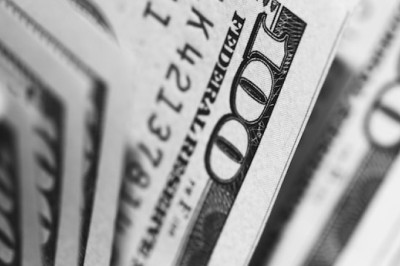

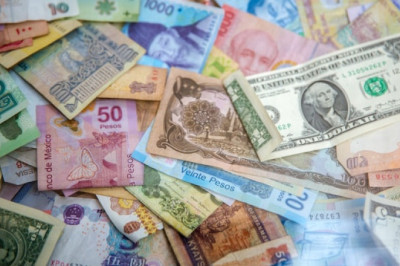
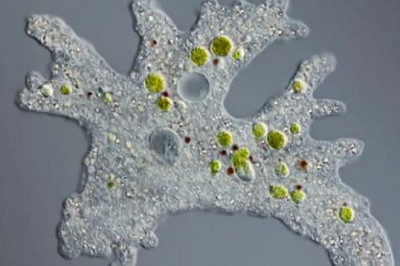

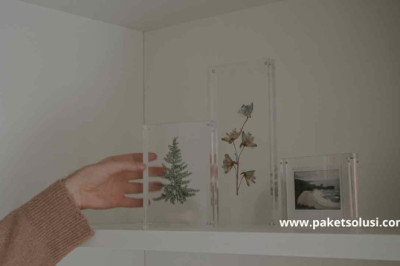

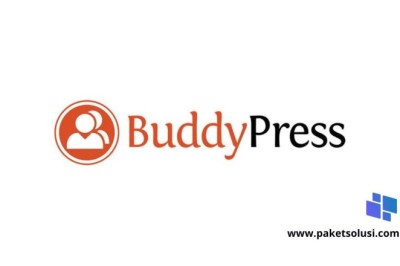
Comments
0 comment